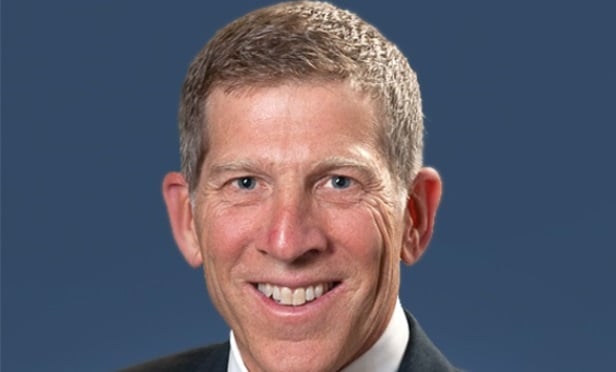 Cox, Castle & Nicholson PCBC Ernst & Young exclusive GlobeSt.com: What was the general sentiment at PCBC this year? Bose: GlobeSt.com: What is the outlook for the rest of 2018 with respect to affordability, construction costs and labor availability? Stark: What is the residential building industry seeing on the capital markets front? Wyman: GlobeSt.com: How are the tax law changes affecting the way the industry is conducting business? Bose: GlobeSt.com: What is next for the homebuilding space? Stark:
Cox, Castle & Nicholson PCBC Ernst & Young exclusive GlobeSt.com: What was the general sentiment at PCBC this year? Bose: GlobeSt.com: What is the outlook for the rest of 2018 with respect to affordability, construction costs and labor availability? Stark: What is the residential building industry seeing on the capital markets front? Wyman: GlobeSt.com: How are the tax law changes affecting the way the industry is conducting business? Bose: GlobeSt.com: What is next for the homebuilding space? Stark:© Touchpoint Markets, All Rights Reserved. Request academic re-use from www.copyright.com. All other uses, submit a request to [email protected]. For more inforrmation visit Asset & Logo Licensing.







